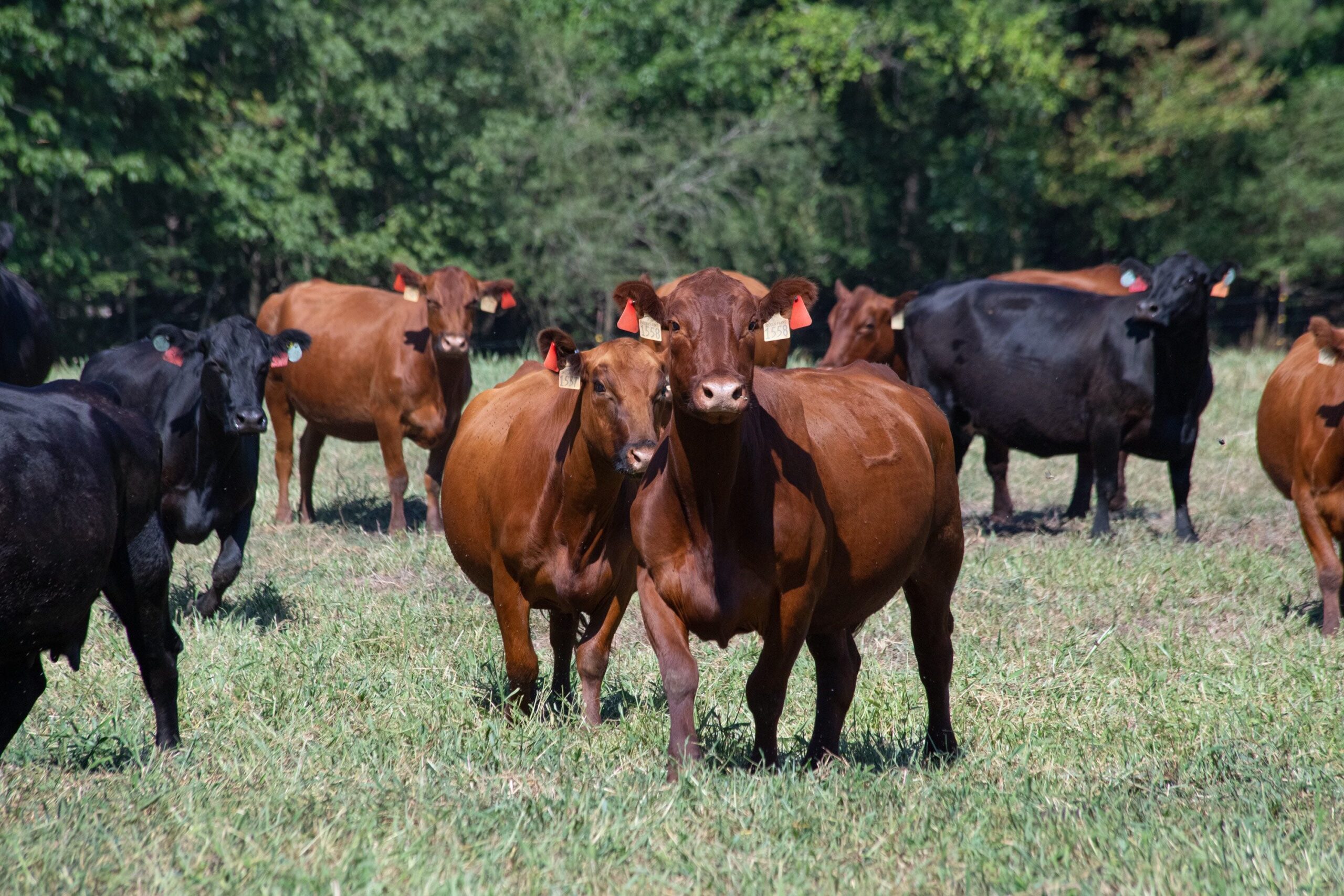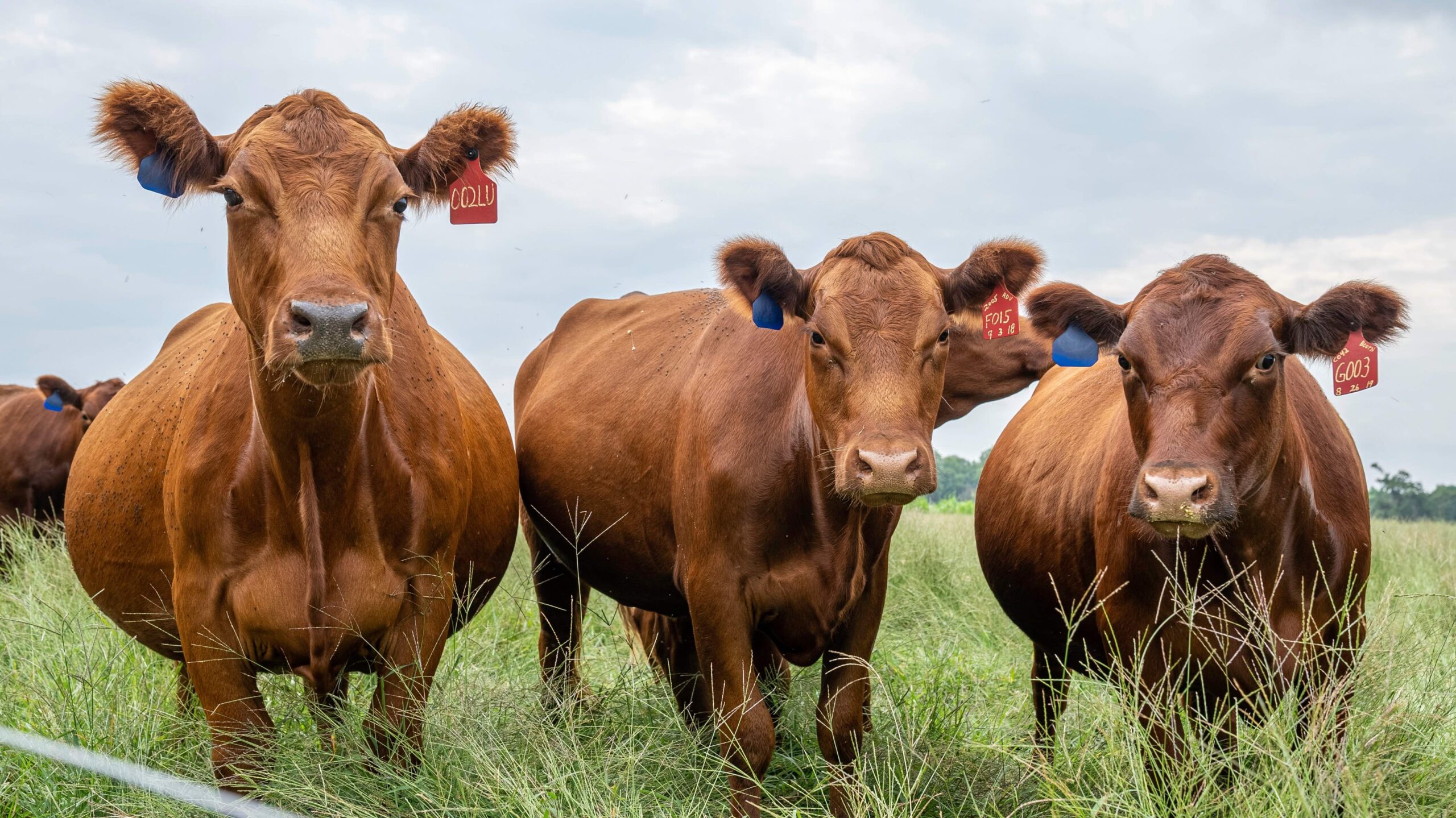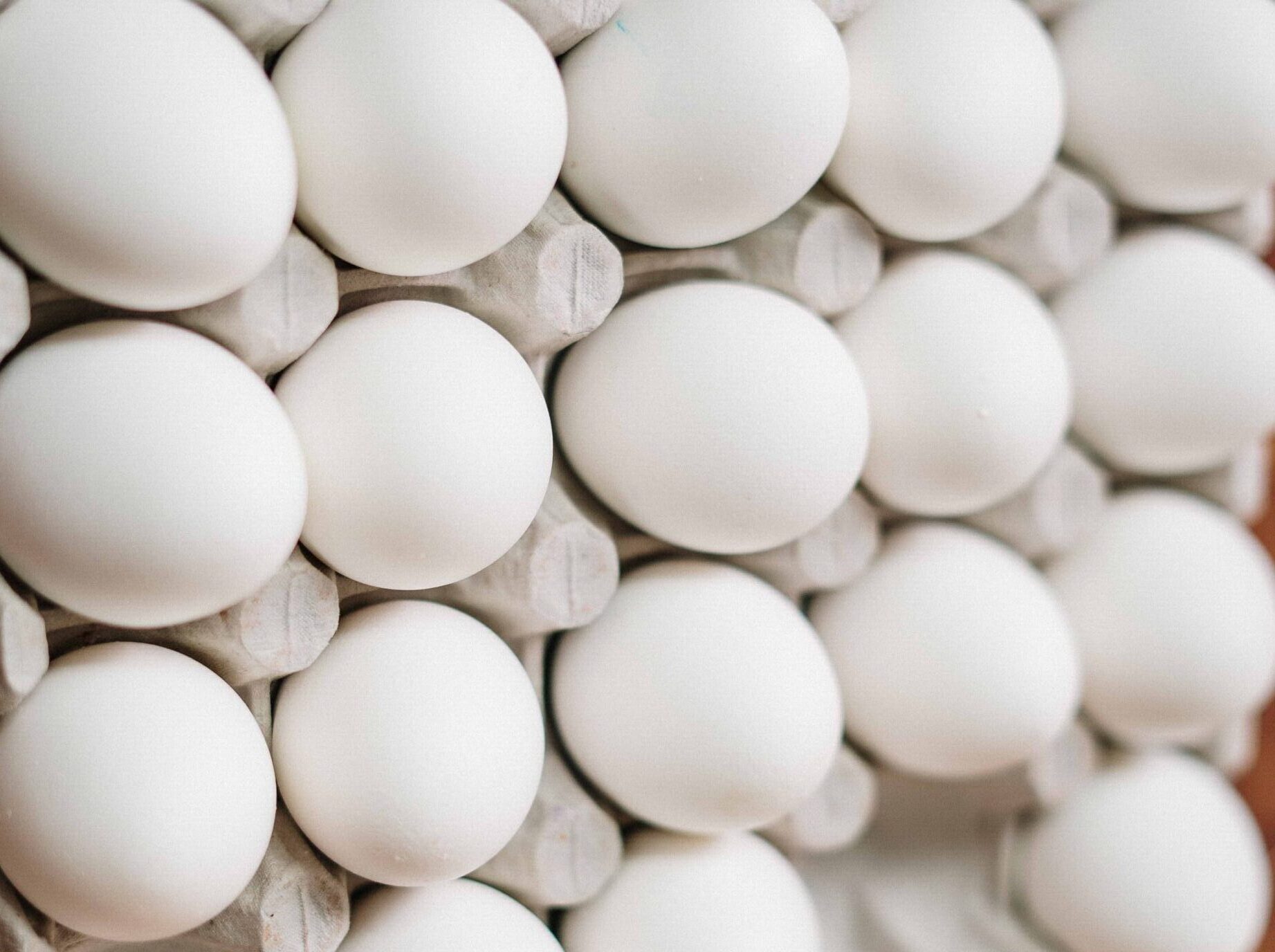Fed cattle futures prices surged to $185 for April 2024 and $175 in the nearby (June) contract, at the time of this writing. This rocket ship ride to record prices is fueled by some fundamental market conditions and some conditions outside of the cattle and beef market.
Cash fed cattle prices have increased and some of the increase in futures prices is the futures playing catch up. Feeder cattle prices are along for the ride. Feeder cattle, 7-800 pound steers, in the South approached $200 per cwt while those in the Southern Plains hit $213 in local auctions.
On the fundamental side, cattle and beef supplies are certainly tighter. Daily average fed steer and heifer slaughter in May is 2.9 percent smaller than last year. Beef production over the last 4 weeks is 3.9 percent smaller than last year. Beef production reflects fewer beef cows going to market and lighter fed cattle dressed weights.
On the demand side of the fundamental ledger, beef demand appears to continue to support higher prices. While packer margins are certainly much smaller, packers continue to demand cattle (us economists call this “derived demand”). Consumers continue to buy beef and there is little evidence of large scale switching to less expensive meats.
Other, broader market considerations are also working to boost prices. The recent budget deal to avoid U.S. default provided a boost to the stock market that spilled over into other commodity markets. Continued strong employment numbers are supported income and demand. These factors contribute to some reduced fears of recession and better beef demand expectations.
On balance, tighter supplies and good demand have boosted prices. Other economic conditions have added some fuel for even higher prices. Some good questions remain. Are calf prices high enough to kick off significant herd expansion? Competing meats are becoming cheaper relative to beef – will we see some evidence of consumer purchasing changes? For all the questions out there, no doubt higher prices are good news for ranchers after multiple years of tight or negative margins.

Maples, Josh, and David Anderson.“$185.” Southern Ag Today 3(23.2). June 6, 2023. Permalink








